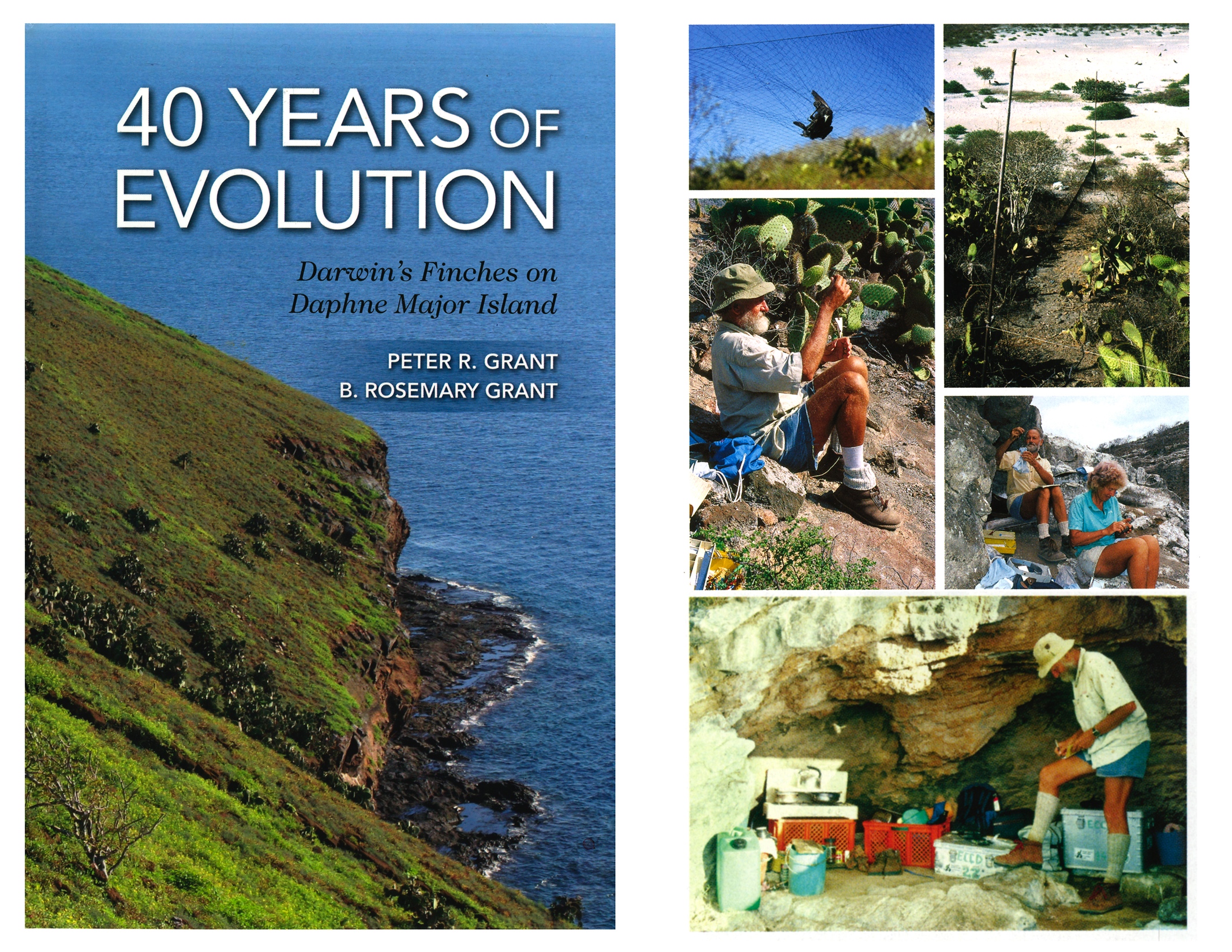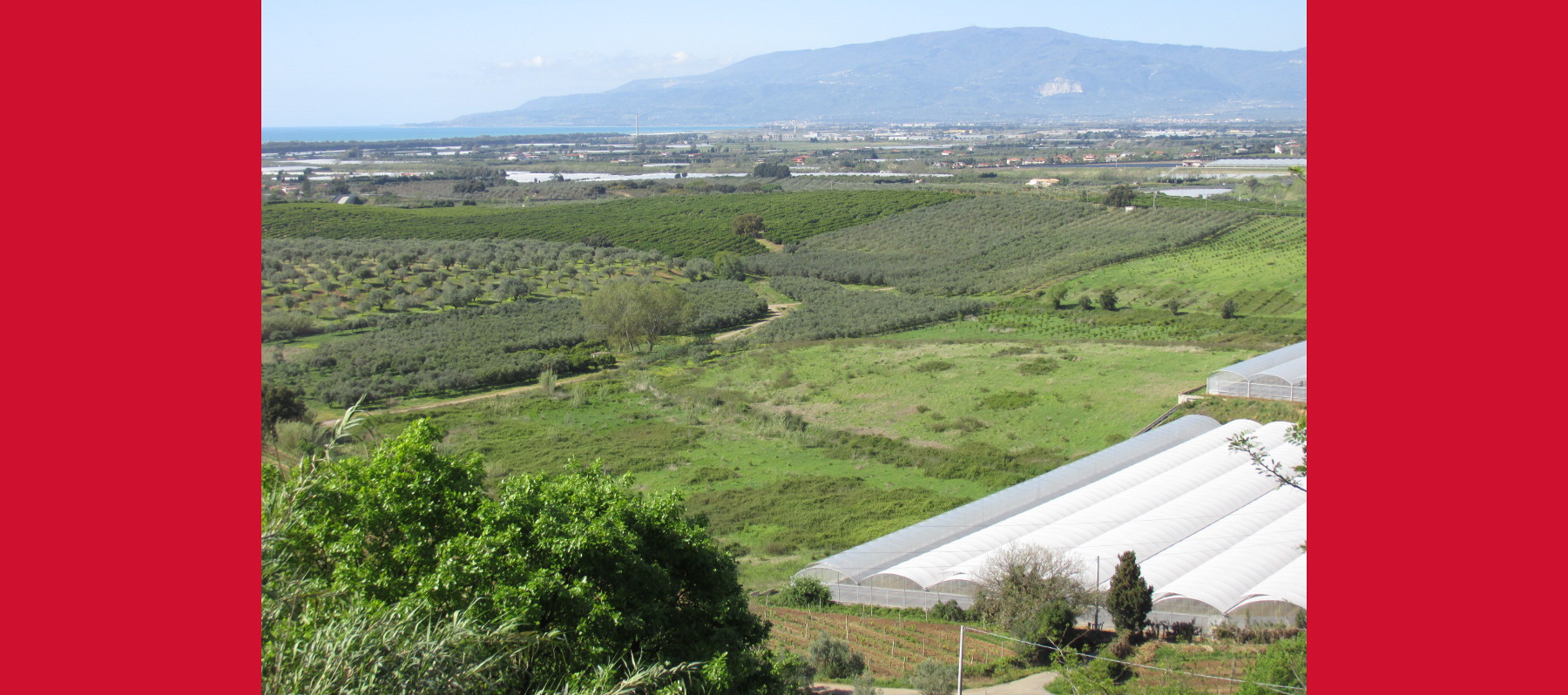Publications from the Research at Acconia
Ammerman, A.J., 2004. Farewell to the Garden of Eden: Survey archaeology after the loss of innocence. British School at Athens Studies, pp.177-182. Link
This paper is Ammerman’s assertion that the landscape is dynamic and restless based on two years of longitudinal study. It also includes a discussion on the implications on survey visibility.
Ammerman, A.J., 1995. The dynamics of modern land use and the Acconia survey. Journal of Mediterranean Archaeology, 8(1), pp.77-92. Link
This is the first comparative paper of the survey, looking at the first and second surveys. Here the concept of landscape dynamics if formally introduced.
Ammerman, A.J., 1993. Landscape Archaeology as Long-Term History: Northern Keos in the Cycladic Islands. Cherry, J.F., Davis, J.L., Mantzourani, E. Link
This book review by Ammerman looks at a book which claims that the discussions of site visibility in archaeology have been unnecessary. Ammerman responded again to this book in his 1996 article.
Ammerman, A.J., 1985. The Acconia Survey: Neolithic settlement and the obsidian trade (No. 10). Left Coast Press. Link
This is Ammerman’s monograph on the Acconia survey. It gives maps of sites found, maps of geomorphological windows, discussions of the soil studies, among other relevant documentation.
Ammerman, A.J., 1985. Plow-zone experiments in Calabria, Italy. Journal of Field Archaeology, 12(1), pp.33-40. Link
This paper discusses experiments showing how objects may move around under the surface, adding to the evidence of dynamic landscapes. Specifically the experiments showed how sherds were displaced by plowing.
Ammerman, A.J., 1985. Modern Land-Use Versus the Past: A Case Study from Calabria. Papers in Italian Archaeology IV. BAR International Series, 243, pp.27-40. Link
The first mapping from the longitudinal study appears in this article. Here Ammerman embarks on showing the dynamics of land use, comparing modern land use to that of the past.
Ammerman, A.J., 1983. Early Italian Pottery. Expedition, 25(2), p.15. Link
This article contains a discussion of the pots found in Acconia at area H. They were some of the best articulated examples of Stentinello pottery.
Ammerman, A.J., 1981. Surveys and archaeological research. Annual Review of Anthropology, pp.63-88. Link
In an annual review for anthropology, written just as the longitudinal study is beginning, Ammerman gives an overview of the year, discusses relationships between recent surveys, and offers a reflection on time’s effect on site discovery.
Ammerman, A.J. and Bonardi, S., 1981. Recent developments in the study of Neolithic settlement in Calabria. Archaeology and Italian Society, British Archaeological Reports (International Series), Oxford, 102, pp.335-343. Link
This is the publication of the results of the blind test overlaying the sites found with the windows of visibility, namely the realization that 75% of sites found are in the windows which are only 5% of the landscape.
Ammerman, A.J. and Feldman, M.W., 1978. Replicated collection of site surfaces. American Antiquity, pp.734-740. Link
This paper documents an experiment showing random variation in what is on the surface, specifically the circulation of stuff in plow zone, and foresees the concepts of human effect on the landscape.
Ammerman, A.J., Hartmann, N., and Shaffer, G.D., 1988. A Neolithic household at Piana di Curinga, Italy. Journal of Field Archaeology, 15(2), pp.121-140. Link
Discussion of the techniques used in the Acconia can be found in this article along with studies of a single house and household.
Ammerman, A.J. and Terrenato, N., 1996. Visibility and site recovery in the Cecina Valley Survey, Italy. Journal of Field Archaeology, 23(1), pp.91-109. Link
In response to attacks on concerns over site visibility, this parallel study on site visibility in Cecina Valley showed clearly that visibility was connected with ground cover and geomorphology and explored the correlation between how many sites and visibility
Other Longitudinal Studies
The seminal work in longitudinal studies has been that of Peter of Rosemary Grant who have spent 6 months on the Galapagos Island, Daphne Major, every year since 1973. They discuss how long term studies minimize the effects of windows, emphasizing the processes at play. They assert greater insights come from longer studies and that they never reached an identifiable point of diminishing returns. 
Related Studies of Land Use in Anthropology
Anthropologists interested in land use and change taking place on the landscape have conducted a wide range of studies over the years. Commonly, the data are collected during a period of fieldwork lasting three years or less. While such studies are often done in considerable detail, they lack time depth. Short studies of the kind are too numerous to list here. The studies listed below cover longer spans of time. The following researchers have conducted investigations based on the field-by-field mapping of land use on a repeated basis. In short, they have done studies that are more closely related to the longitudinal study of land use at Acconia.
| Brookfield & Brown | Chimbu, Papua New Guinea | 1958 — 2005 | not panel |
| Collier & Vogt | Chiapas, Mexico | 1963 — 1994 | not panel |
| Godoy | Beni, Bolivia (Amazonas) | 1995 to present | panel study |
| Netting & Stone | Kofyar, Jos, Nigeria | 1961 — 1985 | not panel |
| Posnansky | Hani, Ghana | 1970 — 1978 | not panel |
| Pospisil | Obernberg, Austria | 1963 — 1994 | not panel |
| Scudder, Colson & Cliggett | Gwembe Tonga, Zambia | 1958 to present | panel study |
| Sillitoe | Was Valley, Papua New Guinea | 1975 to present | not panel |
Of the eight studies listed here, only two have involved panel studies as such. In the social sciences, a panel study is one that records in a given place observations that are made in time series at a fix interval of time. In effect, this is what is called a longitudinal study in fields of ecology and biology. The advantage of doing research in this form – whether it is called a panel study or longitudinal study – is that one is in a better position to carry out a statistical analysis in time series. In the field of cultural anthropology, the general failure to collect panel data has been discussed in a seminal article by Gravlee and co-authors (2009). It is puzzling that a discipline that has at its core the study of cultural change has so rarely employed this method of data collection in space and time.
The best example of a panel study in cultural anthropology at the present time is the Tsimane’ Amazonian Panel Study or TAPS conducted by Ricardo Godoy and colleagues. Since 1995, this project has collected massively detailed socio-cultural and biological information on those who live in villages in the Beni region of Bolivian Amazonas. As in the case of the study at Acconia, the research of TAPS is an ongoing one. For the TAPS website, see http://heller.brandeis.edu/sustainable-international-development/tsimane/index.html
Godoy, Ricardo. 2001. Indians, Markets and Rain Forests: Theory, Methods, Analysis. New York: Columbia University Press.
Godoy, Ricardo, et al. 2009. “Moving beyond a Snapshot to Understand Changes in the Well-Being of Native Amazonians – Panel Evidence (2002-2006) from Bolivia.” Current Anthropology 50 (4): 563-573.
Godoy, Ricardo, et al. 2009. “The relation between forest clearance and household income among native Amazonians: Results from the Tsimane’ Amazonian panel study, Bolivia.” Ecological Economics 68 (6): 1864-1871.

